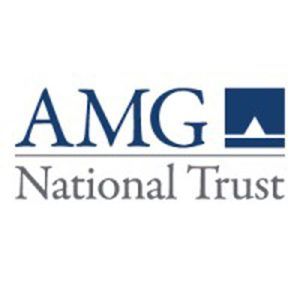A few recent bank failures and a few more distressed regional banks have turned attention to deposit insurance reform. In the case of Silicon Valley Bank, Signature Bank and First Republic, the Federal Deposit Insurance Corporation (FDIC) stepped up to prevent contagion in the banking sector by insuring all deposits at these institutions, even if they exceeded the current limit of $250,000 per depositor. The FDIC recently released a report, “Options for Deposit Insurance Reform,” to address the role of deposit insurance in facilitating financial stability and discouraging bank runs. Three options were listed:
- Limited Coverage: This is what is in place now, and whether the current limit of $250,000 per depositor is sufficient is open to debate.
- Unlimited Coverage: This option would insure all deposits at financial institutions covered by FDIC insurance. Credit Union deposits are insured by the National Credit Union Administration, NCUA, a separate government agency. Their coverage pretty much mirrors the FDIC coverage.
- Targeted Coverage: Offering different deposit insurance limits across account types with a suggested focus on business payment accounts that would receive significantly higher coverage than other accounts.
For context, the Deposit Insurance Fund (DIF) is funded and paid for by assessments on each bank, not by taxpayers. The FDIC was established in 1933 after the great depression of 1929 to establish depositor confidence, keep pace with inflation, and help smaller institutions. The initial coverage was $2,500, and the limit has been raised seven times to its current $250,000 threshold that was set in 2008. The target for the DIF balance is 1.35% of insured deposits.
The trend in uninsured deposits has increased the potential of the banking system to bank runs, wherein a class of depositors is fearful of whether their deposits are safe, and if they deem them to be unsafe, they withdraw them to hold them in cash or for deposit in different, safer banks. At its peak in 2021, the proportion of uninsured deposits in the banking system was 46.6%, higher than at any time since 1949, and amounts to approximately $8 trillion across all chartered institutions. As of December 2022, more than 99% of the number of deposit accounts were under the $250,000 deposit insurance limit. So, it is clear that a small number of accounts hold a very large share of uninsured deposits.
While deposit insurance reform is well-intentioned, it cannot be done by the FDIC. Changes would require congressional action. For the record, I am against changing the current set-up, except for discussing whether $250,000 is the appropriate limit. Here is my reasoning:
- Having a limit brings an element of market discipline. Uninsured depositors are often more sophisticated and able to ascertain the safety and soundness of the financial institution to which they are making deposits. Smaller account holders do not typically have this ability.
- Without a deposit insurance limit, the moral hazard of increased risk-taking will occur. Moral hazard is the incentive to take on greater risk as a result of being protected from the consequences of risk-taking. If uninsured deposits were to suddenly become insured, banks could advertise high-interest rates to attract deposits and use those deposits to fund their loan and investment portfolios and be incented to make riskier choices to enhance the bank’s profitability. The end result could be a bank failure, requiring the FDIC to bail out the depositors, contrary to the reason for having a deposit insurance limit in the first place.
- The proper function of a free-market banking economy is to allow well-managed banks to succeed and underperforming banks to exit the industry. This is accomplished in the ordinary course of acquisitions and mergers and provides a safe and orderly redistribution of capital from underperforming to outperforming managers. Without this activity, the banking system could contain many underperforming banks leading to an unstable industry.
- The largest banks in the U.S. are sometimes deemed to be the safest. Yet they are the banks that often have the largest amount of uninsured deposits. To create a concentration of deposits of this magnitude in a few institutions creates a systemic risk to the banking system.
- Regulation and supervision are essential to safeguarding the DIF and the banking system. Enforcing capital and liquidity requirements are a part of the regulatory oversight to ensure a safe and sound banking system when prompt corrective action is needed to protect the DIF.








